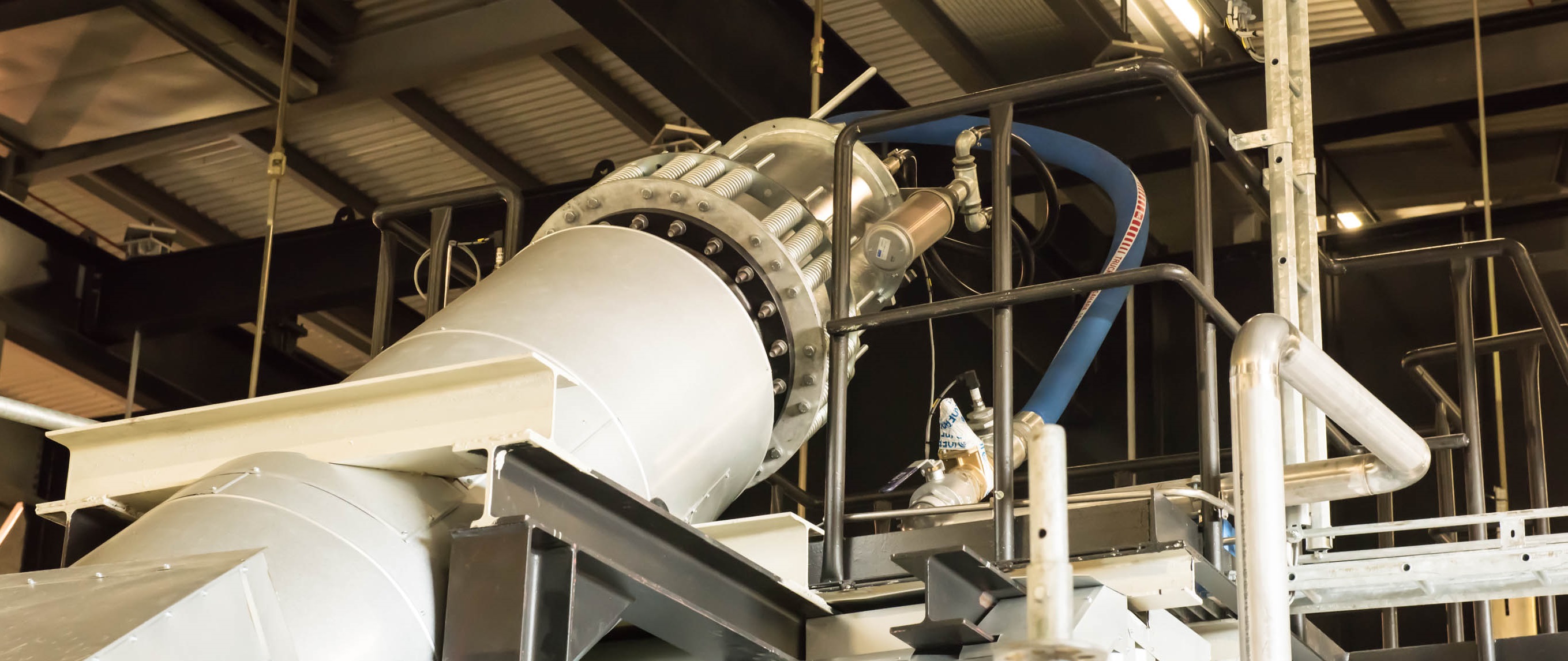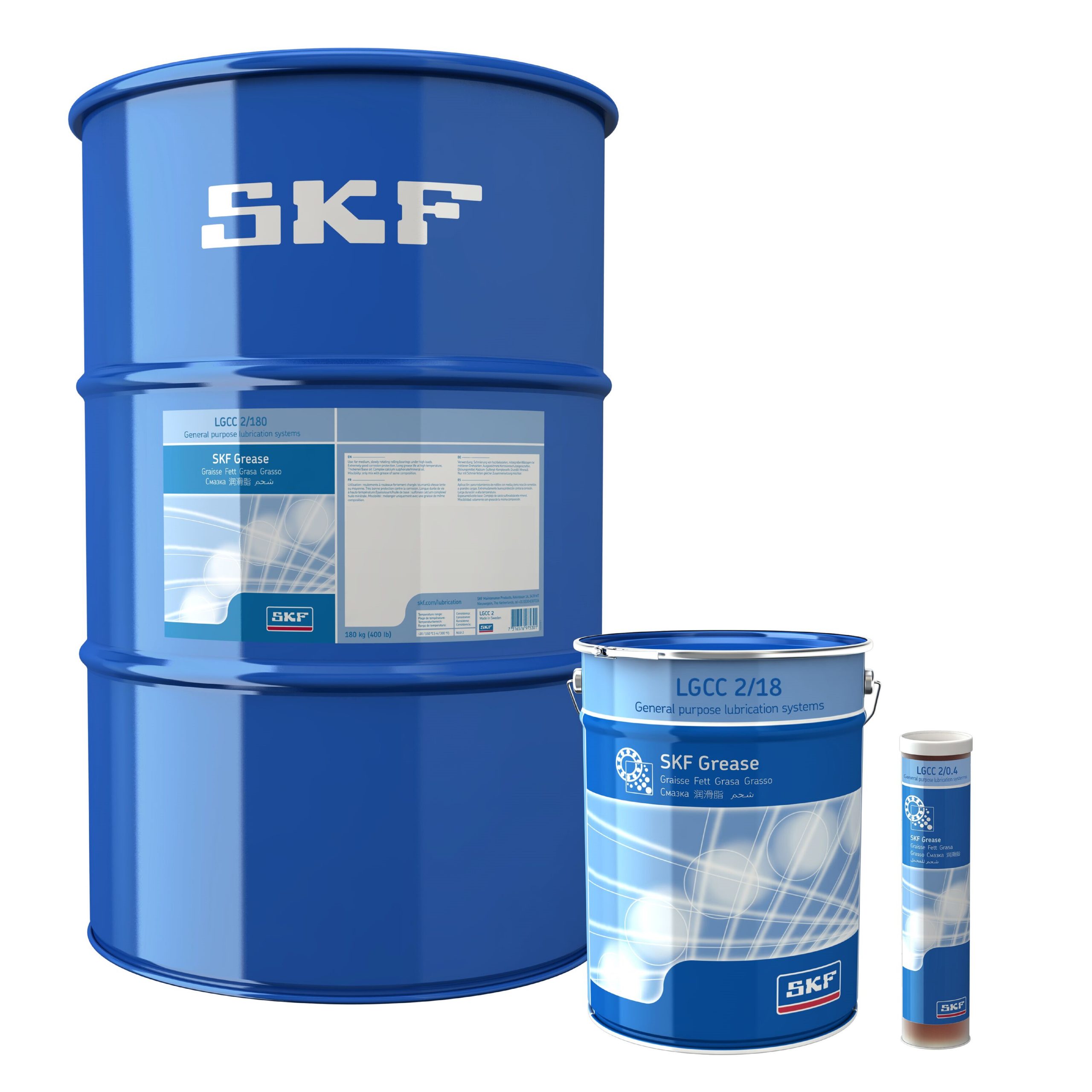
The solutions used by Heat Management are:
- Infrasound fouling prevention
- Optimized steam soot blowing
Infrasound fouling prevention
Recovery boilers typically suffer from build-up of deposits in the duct between ECO and ESP (electrostatic precipitator). Infrasound cleaning (low frequency acoustic cleaning) is a fouling prevention method with unique power and cleaning range.
Typical results are:
-Solving clogging issues
-Drastically reduced need for manual cleaning
-Stable pressure drop over the duct
In coal fired boilers the applications are mainly Economizers, Rotating Air Preheaters (RAPH) and SCR catalysts.
Typical results are:
-Stable pressure drop over RAPHs and SCRs
-Heavily reduced or eliminated use of steam soot blowing
-Reduced wear of heat exchanging surfaces
Infrasound system operation
The infrasound (15-30 Hz sound) is typically generated for 2 seconds every 4 minutes, keeping the heat transfer surfaces of catalyst surfaces clean continuously during boiler operation.
Compressed air, 6-8 bar(g) (85-115 pis(g)) is used.
The powerful infrasound waves are transferred to the flue gas, increasing the turbulence temporarily and flushing ash from surfaces before it has accumulated/sintered into thick layers.
The infrasound has a cleaning range and cleaning effect far superior to other types of acoustic cleaning, typically using 75-300 Hz. 1-2 infrasound generator are enough to cover a large cleaning area, such as a whole goose-neck duct after a recovery boiler or a whole SCR reactor on a coal fired boiler.
Optimized steam soot blowing
of retractable soot blowers
Soot blowers in recovery boilers are generally operated non-stop, to keep the flue gas path clean and prevent the fouling and sintering of accumulations on heat exchanger surfaces. In many cases this is not enough, with resulting downtime for manual cleaning. Heat Management’s optimization can increase soot blowing capacity by 100 %, without installing more soot blowers or steam headers. By introducing a simple local control on each soot blower steam (poppet) valve, existing soot blowers can be upgraded to one-way soot blowing, without taken the boiler down and disrupting the chemical recovery process. During boiler shutdown, the control system is upgraded to achieve overlapping operation of soot blowers. The technology constitutes a step-change in soot blowing technology, doubling the capacity (starts per day) without installing more soot blowers or consuming more steam. If more starts is not top priority, the technology can be used for saving 50 % of the steam consumed by sootblowers.
To sum up, by equipping the sootblowers with our actuators for regulating the steam flow locally we can obtain:
-Up to 50 % reduced steam consumption of the steam soot blowers
-Double the soot blowing frequency.








I in addition to my pals were actually digesting the good tips found on your web page then at once I got an awful suspicion I had not expressed respect to the web blog owner for those strategies. My guys are already totally very interested to study all of them and have now truly been taking advantage of them. I appreciate you for really being well considerate and also for getting variety of really good information millions of individuals are really wanting to be informed on. My very own honest regret for not saying thanks to sooner.
I in addition to my guys were actually going through the great key points on your web site and then at once I had a terrible feeling I had not expressed respect to the website owner for those tips. All the young boys were as a consequence thrilled to read through them and have in effect in reality been enjoying these things. I appreciate you for turning out to be simply thoughtful and then for utilizing such magnificent issues millions of individuals are really desirous to discover. Our sincere apologies for not saying thanks to you sooner.
I together with my friends ended up looking at the great helpful tips found on your web blog then immediately came up with an awful feeling I never thanked the web blog owner for those secrets. Most of the women appeared to be as a consequence stimulated to study them and have now without a doubt been tapping into them. I appreciate you for turning out to be indeed thoughtful and also for figuring out varieties of beneficial areas millions of individuals are really desperate to discover. Our own honest apologies for not saying thanks to you sooner.
I would like to express some thanks to the writer for bailing me out of this particular issue. Right after scouting through the online world and coming across methods that were not powerful, I believed my entire life was well over. Living without the presence of solutions to the problems you’ve solved by means of this blog post is a serious case, and those that would have badly damaged my entire career if I hadn’t encountered your blog post. Your competence and kindness in maneuvering a lot of things was invaluable. I’m not sure what I would’ve done if I hadn’t discovered such a solution like this. I can also at this time look ahead to my future. Thanks for your time very much for your high quality and effective guide. I will not be reluctant to refer the website to any person who would need recommendations on this subject matter.
I would like to express some appreciation to this writer just for bailing me out of this particular matter. As a result of exploring through the online world and seeing tips that were not beneficial, I believed my entire life was well over. Existing minus the solutions to the problems you have resolved by way of your blog post is a critical case, as well as those that might have adversely affected my entire career if I had not encountered your blog. Your main natural talent and kindness in taking care of the whole lot was priceless. I’m not sure what I would’ve done if I had not encountered such a stuff like this. I can also at this moment look forward to my future. Thanks so much for your reliable and sensible help. I won’t hesitate to propose your web sites to anybody who needs to have assistance on this matter.
Thank you a lot for giving everyone an extremely superb chance to read articles and blog posts from this site. It really is very superb plus packed with a lot of fun for me personally and my office friends to search your blog the equivalent of 3 times in a week to study the new guidance you will have. Of course, I’m certainly impressed with all the incredible creative concepts you give. Some 2 points in this post are absolutely the very best I’ve ever had.